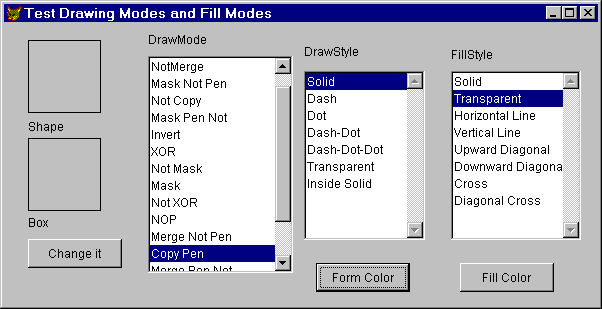
Finally, Style 6 is labeled as "inside solid," but we can't get it to do anything at all. No matter what settings we specify for related properties, nothing happens. If there's already something there, it stays there. If there's nothing there, nothing appears. We're not sure what this one is supposed to do, but this can't be it.
